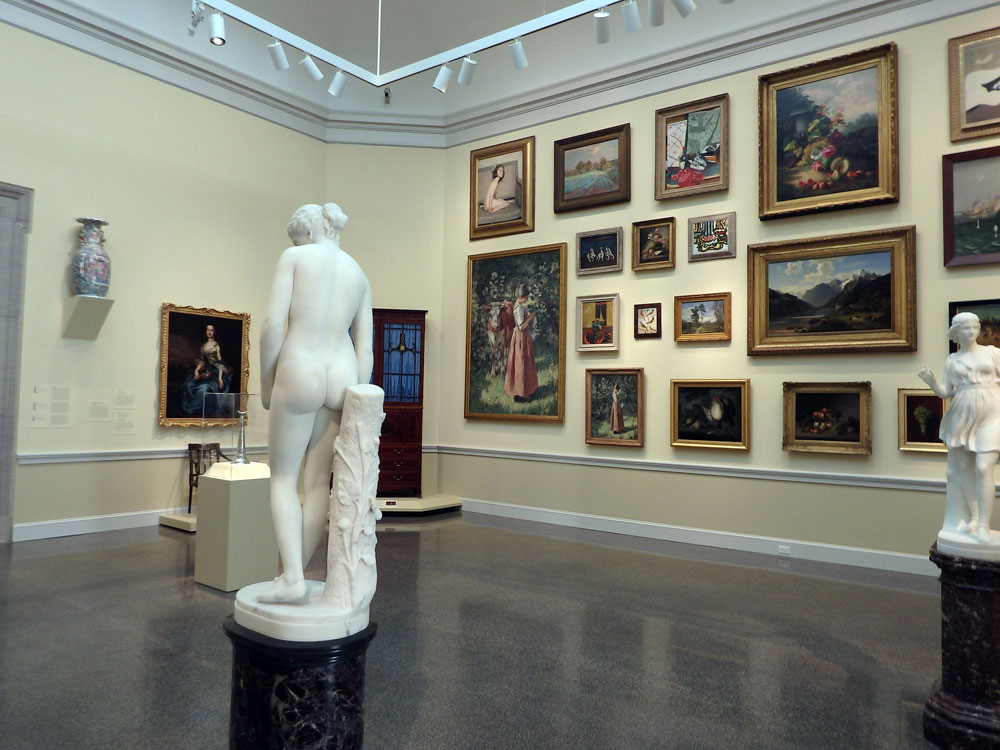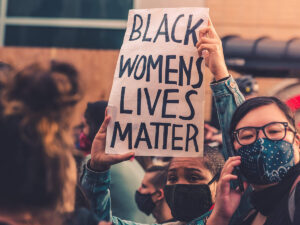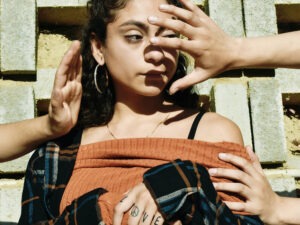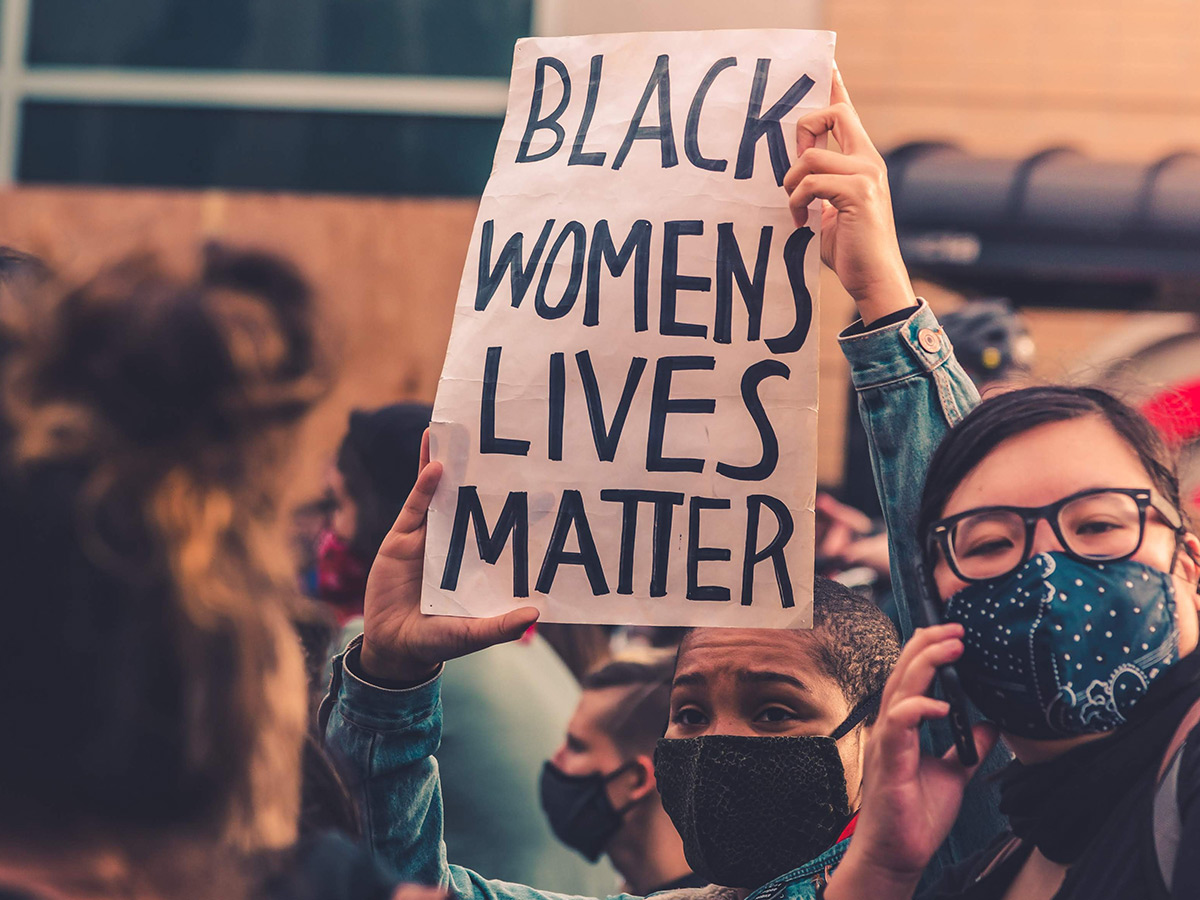
November 15, 2019; Washington Post
Earlier this year, Artnet and the podcast In other words combined forces to look at art museums and examine whose work ended up on museum walls. Their findings, written up in an article authored by Julia Halperin and Charlotte Burns, found that, between 2008 and 2018, only 11 percent of all acquisitions and 14 percent of exhibitions at the 26 prominent US museums surveyed were of work by female artists. All told, of the 260,470 works of art that were added to these museums’ permanent collections since 2008, only 29,247 were by women.
Now, Samantha Schmidt reports in the Washington Post, a museum in Baltimore has decided to do its part to alter these numbers.
“Next year,” writes Schmidt, “the Baltimore Museum of Art will only acquire works for its permanent collection that are created by women,” according to the museum’s chief curator, Asma Naeem. The museum has displayed art in Baltimore since 1914 and is located near Johns Hopkins University. Naeem adds that the one-year push is an attempt by the museum to “truly be radical and emphasize to the arts communities that we are taking this initiative quite seriously,” and “re-correcting the canon.”
Also, the museum, adds Schmidt, is engaging in “a year-long series of exhibitions and programs focused on female artists” coinciding with the 100th anniversary of the ratification of the 19th Amendment, which became part of the US Constitution in 1920 and states, “The right of citizens of the United States to vote shall not be denied or abridged by the United States or by any State on account of sex.”
Different art museums have different levels of female representation—although at only two of the 26 museums surveyed by Halperin and Burns had acquisitions by female artists exceeded 50 percent. Among leading museums, the numbers were typically below one-in-four.
As they detail:
Sign up for our free newsletters
Subscribe to NPQ's newsletters to have our top stories delivered directly to your inbox.
By signing up, you agree to our privacy policy and terms of use, and to receive messages from NPQ and our partners.
For example, the Los Angeles County Museum of Art—which collects art from antiquity to the present—has been increasingly focused on bringing more gender parity to its permanent collection. Works by women represent 16 percent of its acquisitions over the past decade—four percent more than the San Francisco Museum of Modern Art and seven percent less than the Museum of Modern Art in New York, two prominent Modern and contemporary museums on either coast with similar or larger operating budgets. (LACMA also comes out ahead compared with many other historical museums; the MFA Boston, for example, collected just four percent work by women between 2008 and 2018.)
Halperin and Burns, note Schmidt, “found that to truly correct the canon, curators will need to rethink not just their exhibitions but their permanent collections.”
“Curators say they struggle to convince their acquisition committees to pay up for work, particularly by older, overlooked female artists, who frequently lack an auction history that might be used to validate the asking price,” Halperin and Burns noted.
The Baltimore Museum of Art hopes its own commitment to reshaping its permanent collection will encourage other museums to do the same, Naeem said.
Naeem adds: “The challenges are systemic and widespread, because many of the works in local donors, local patrons’ collections are traditionally made by male artists. There are these various subtle but consistent, pervasive markers of what is considered creative achievement, and we are trying to reset all of those markers.”
As part of its “2020 Vision” initiative, the museum will include at least 13 solo exhibitions and seven themed shows over the course of the next year, notes Schmidt. Artists to be featured include Elizabeth Catlett, Maria Martinez, and Georgia O’Keeffe.
Schmidt adds that later this month, on November 24th, “the museum plans to open a large installation in the two-story East Lobby designed by the artist Mickalene Thomas. Later exhibitions next year include the video works of South African-born artist Candice Breitz and a comprehensive survey of paintings and works by Joan Mitchell.”—Steve Dubb













